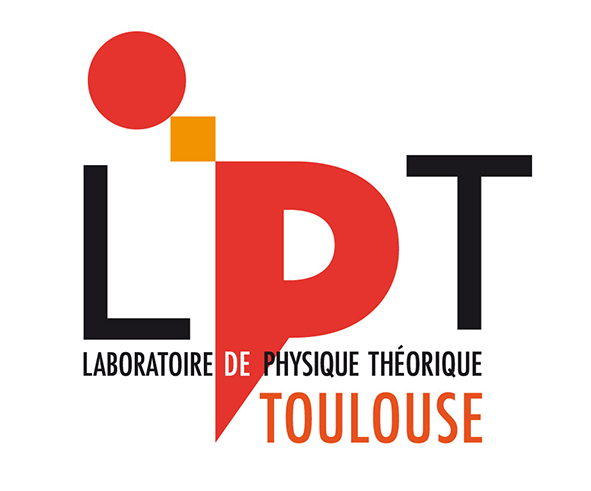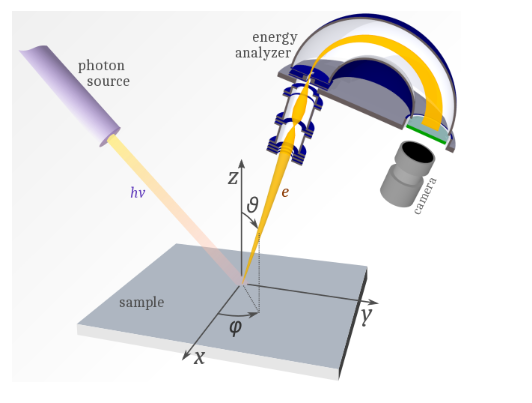PHOTOEMISSION FROM THE 3-BODY GREEN’S FUNCTION
THEORETICAL PHYSICS

Lab: LPT
Duration: NanoX master Internship (8 months part-time in-lab immersion)
Latest starting date: 15/10/2025
Localisation: Laboratoire de Physique Th ́eorique, CNRS, Universit ́e Paul Sabatier,
118 Route de Narbonne, 31062 Toulouse Cedex 4, France
Supervisors:
Pina ROMANIELLO pina.romaniello@irsamc.ups-tlse.fr
Arjan BERGER arjan.berger@irsamc.ups-tlse.fr
Work package:
Spectroscopy is an important experimental technique to understand
the electronic structure of molecules and solids. Many-body perturbation
theory (MBPT) based on Green’s functions is an important tool to de-
scribe and understand various spectroscopies [1,2]. Traditionally, MBPT
is limited to the one-body Green’s function (G1), which describes the
propagation of a single particle (in a molecule or solid), and the two-body
Green’s function G2, which describes the simultaneous propagation of
two particles. The interaction with all the other particles of the system
is hidden in an effective potential called the self-energy which has to be
approximated in practice.
From G1 and G2 we in principle describe photoemission (see figure)
and absorption spectroscopy. However, accurate approximations to the
self-energy are needed to accurately describe all the physics. In particular,
so-called satellite features are difficult to describe in photoemission spec-
tra since they are related to the interaction between a photohole (what
remains after an electron is emitted) and electron-hole pairs.
Therefore, we have recently started to study the three-body Green’s function (G3) as the key variable
since it describes three particles simultaneously. Therefore, the interaction of a photohole with electron-
hole pairs can be treated explicitly and we can use simple approximations to the self-energy to obtain the
photoemission spectrum. We have recently successfully applied our approach to the symmetric Hubbard
dimer which is a simple model that is similar to the hydrogen molecule.
During this internship the student will test our method on more elaborate models such as the one-
dimensional Hubbard chain and/or on real molecules and solids. The developments performed during the
internship can be both analytical, which requires a good background in mathematics, and/or numerical, in
which case some programming skills are desirable.

References:
[1] Gy. Csanak, H.S. Taylor, and R. Yaris, Advances in Atomic and Molecular Physics, 7, 287 (1971)
[2] G. Strinati, Nuovo Cimento, 11, 1 (1988)
[3] G. Riva, T. Audinet, M. Vladaj, P. Romaniello, and J. A. Berger, SciPost Phys. 12 093 (2022)
[4] G. Riva, P. Romaniello, and J. A. Berger, Phys. Rev. Lett. 131 216401 (2023
Areas of expertise:
Spectroscopy, one-dimensional Hubbard chain and/or on real molecules and solids.
Required skills for the internship:
good background in mathematics, and/or numerical, in
which case some programming skills are desirable.
